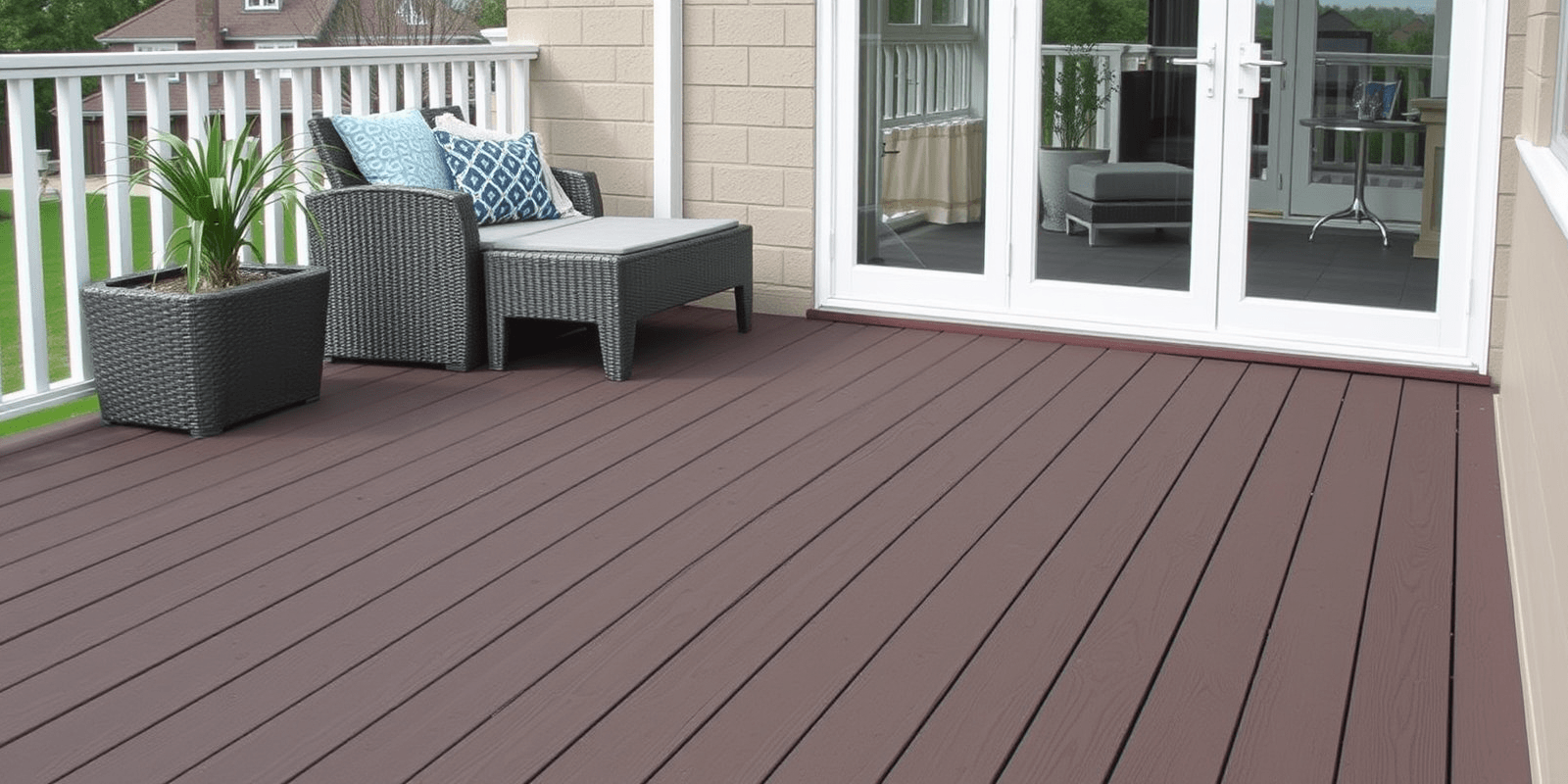“`html
Wood Plastic Composite Lumber vs Wood Decking: A Comprehensive Comparison
Introduction
In the world of outdoor living spaces, choosing the right material for a deck can significantly impact both aesthetics and longevity. Two popular options are wood decking and wood plastic composite (WPC) lumber. Each has its own set of advantages and disadvantages, making it essential to understand their differences before embarking on a deck-building project.
Initial Costs
When it comes to initial costs, wood decking often appears more affordable. Traditional pressure-treated pine, for example, is generally cheaper than WPC lumber. However, the cost of WPC can vary widely depending on the brand and quality. High-end WPC products may be comparable in price or even slightly more expensive than premium wood options. It’s important to consider not just the upfront expense but also the long-term value these materials offer.
Maintenance Requirements
One of the most significant distinctions between wood and WPC lies in their maintenance needs. Wooden decks require regular sealing and staining to protect against moisture, UV rays, and insect damage. Over time, this can become a cumbersome and costly process. In contrast, WPCs are inherently resistant to moisture, fading, and insect infestations, requiring minimal upkeep. This low-maintenance feature makes WPC an attractive option for those seeking a hassle-free outdoor space.
Resistance to Rot and Insects
Wood is susceptible to rot when exposed to prolonged moisture, which can lead to structural issues over time. Additionally, wooden decks can attract termites and other wood-boring insects, necessitating periodic inspections and treatments. On the other hand, WPCs are made from a combination of wood fibers and plastic, which provides excellent resistance to both rot and insects. This durability ensures that WPC decks remain structurally sound for many years with minimal intervention.
Sustainability
From an environmental perspective, both materials have their pros and cons. While wood is a renewable resource, its production involves deforestation unless sourced from sustainable forestry practices. WPCs, on the other hand, are made from recycled materials, reducing waste and promoting recycling. However, the production process of WPCs requires significant energy input, which can offset some of its eco-friendly benefits. It’s crucial to choose WPC products from manufacturers committed to sustainable practices to maximize their environmental advantage.
Real-World Examples and Case Studies
A study conducted by the University of Kentucky compared the performance of WPC and wood decks over five years. The results showed that while both materials held up well, the WPC deck required less maintenance and showed fewer signs of wear and tear. Another example is the use of WPC decking at a resort in Hawaii, where the low-maintenance and weather-resistant properties of WPC were particularly beneficial due to the tropical climate.
“`



